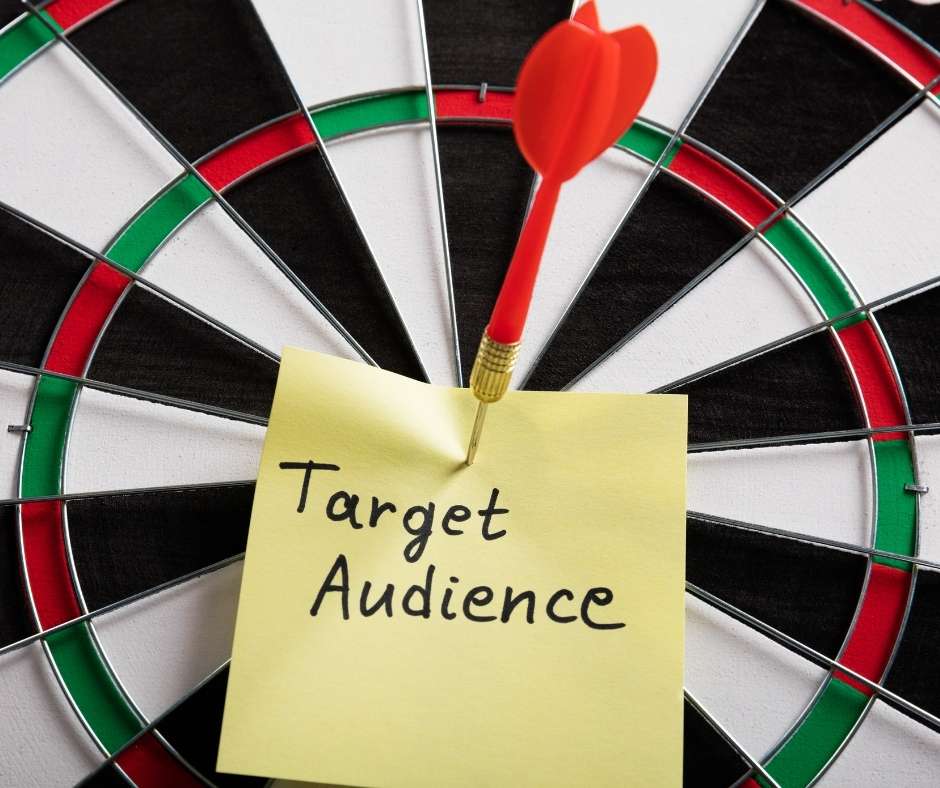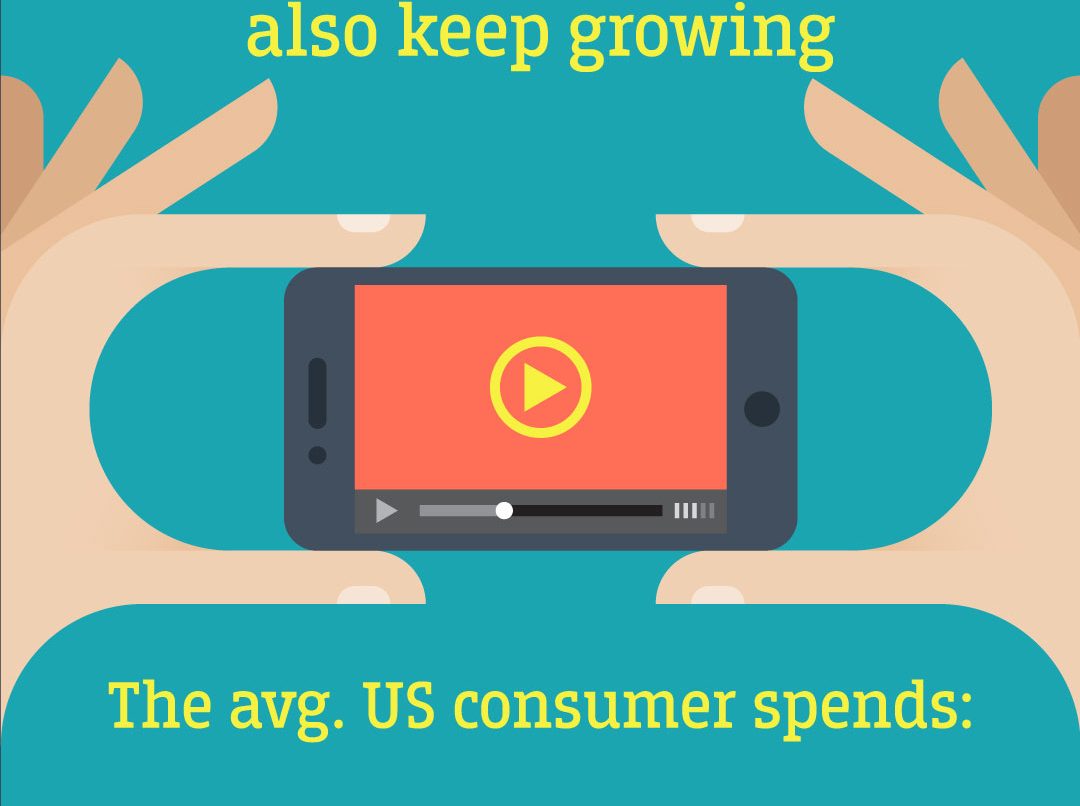Sometimes, marketing tools are not enough to measure the qualitative aspects of your digital marketing campaigns. You set a goal andthen you find that the results are not what you had in mind. Where’s the brand lift?
Often, this outcome is not a result of the type of campaign you’ve created or the budget you’ve assigned. It’s more about the way you’ve selected the right metrics and measured your campaign.
What happens, for example, if you want to measure certain aspects and you don’t have the right metrics and tools to do so? Google answered this question in 2015 with Brand Lift, filling the void in the measurement of brand metrics such as consideration or brand awareness.
Google defines Brand Lift as a “measurement of the direct impact your YouTube ads are having on perceptions and behaviors throughout the consumer journey” – an approach that is very useful to measure the effectiveness of a digital ad campaign in a world where attention spans keep getting shorter and consumers actively avoid the ads they are not interested in.
Why is lrand lift important?
As we know, creating a successful campaign means that marketers have to measure the most relevant aspects of the campaign and act upon those results in order to improve underperforming aspects and further influence the decision-making process.
It seems simple enough, but the same thing happens in branding campaigns. Creating a Brand Lift strategy won’t be effective in your overal branding strategy if you don’t measure it with the right metrics.
That’s why, instead of focusing on basic engagement metrics such as reach, comments or likes, a Brand Lift strategy should include metrics related to consumer perception, behavior and brand recognition.

This is more important than ever as more brands (more competition, more messaging “noise”) appear. Having a branding strategy in place, as well as measuring its results correctly, is crucial for any business. A Brand Lift strategy will allow marketers to adjust their branding strategy and, ultimately, provide greater value to consumers.
Measuring your Brand Lift strategy
Brand Lift has a specific method to measure the results of a campaign: direct feedback from consumers in a real-world setting.
The process consists of four steps:
- Creating a new ad for your new brand, product or service.
- Generating a series of questions to create a survey to present to your target audience based on different metrics related to your main Brand Lift goal. Some of these metrics could be:
- Brand recall
- Brand awareness
- Consideration
- Purchase intent
- Brand sentiment
- Dividing your audience into two different groups: the Control group and the Ad Exposed group. Show your Brand Lift campaign only to the latter.
- Thereafter, show the surveys to both groups and determine the results by whether they’ve seen the ads or not. Then you can measure Brand Lift more precisely.
This process will help you learn about your consumers’ perception of your brand in real time, allowing you to modify your strategy if necessary and measure your campaign results throughout the consumer journey.
4 tips for a successful Brand lift strategy

1. Understand your target audience
Understanding your target audience will help you determine the main goals of your Brand Lift strategy. This means asking the right questions about what you’re trying to achieve: “How do consumers feel about my brand?” “Do consumers remember my ad after seeing it?” “Are they considering a purchase after seeing the ad?”.
2. Start small
You need to determine how much budget you want to spend on your Brand Lift strategy. It’s better to start small and increase the budget if necessary.
Also, not all advertising accounts are able to use these tools. For instance, while Google’s Brand Lift can be free, this option is limited by an ad spend threshold. Facebook, too, has a similar approach.
It makes sense to contact your account representative for relevant information before making strategic plans.
3. Compare Brand Lift tool options
Google and Facebook Brand Lift tools are not the only ones on the advertising landscape. There are also platforms specialized in Brand Lift services, surveys and customer experience solutions, so it’s important to compare services and find the one that best suits your brand and strategy. Increasingly, there are high-tech options, such as embedding pixels in ads to seen how and where they are consumed in real time. Lucid, Nielsen and Survata have created such tools.
4. Check your Brand Lift results constantly
Since Brand Lifts tools offer you real-time results, it’s a great opportunity to make edits and modifications to your strategy throughout the campaign. This will help you increase its effectiveness and create a successful Brand Lift strategy.
Learn more about implementing a Brand Lift strategy here!
What is Brand Lift?
Brand Lift is a way of measuring the impact of your brand campaign in the behavior and the perception of your consumers.
Why is the Brand Lift ad only shown to one group?
In order to determine if the ad-exposed group has seen the ad or not, you need to compare it to a group that hasn’t seen the ad. This way, if the results are different, it means that the Ad Exposed group has been affected and you will be able to measure the results with different metrics.










